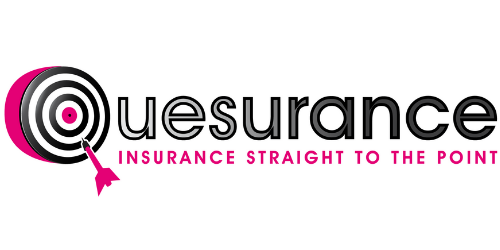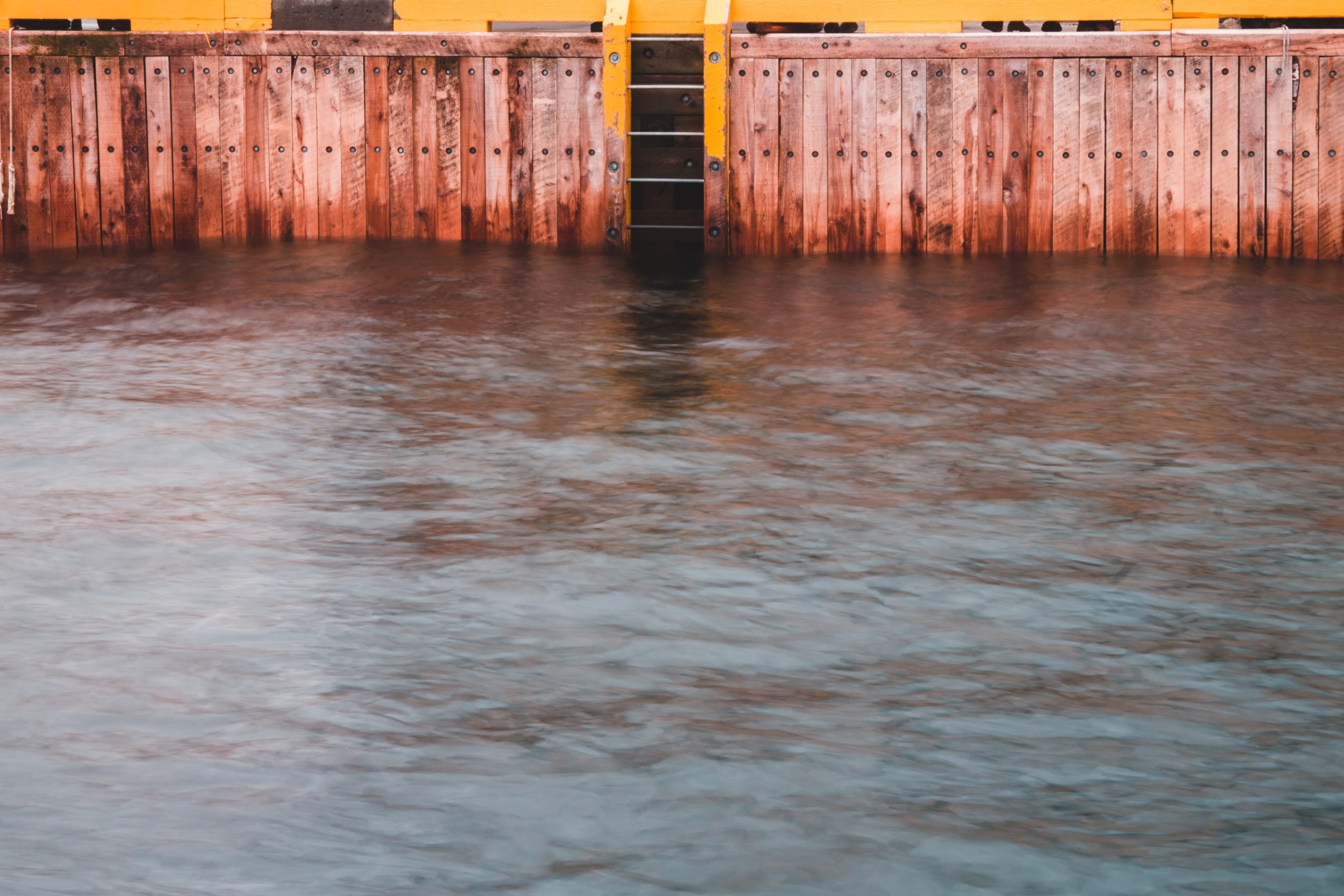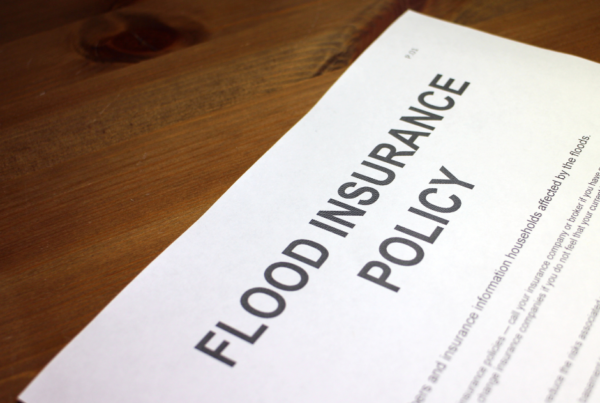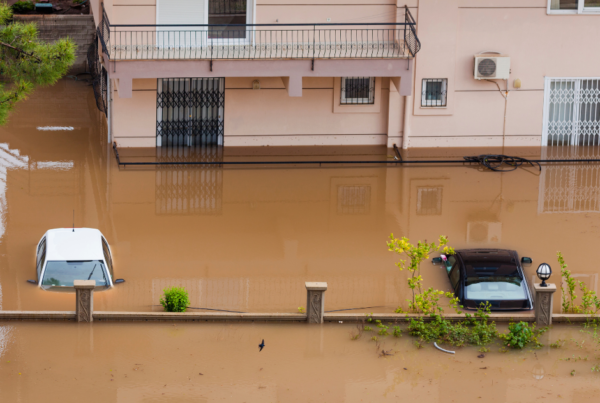
The number one natural disaster in the United States is flooding. Although people might think that coastal states like California, Florida, and Louisiana are the most susceptible to floods, the Federal Emergency Management Agency says that more than 20 percent of flood claims come from homes outside flood zones. Since everyone can potentially experience flooding, it is essential to know the details of flood insurance and whether your provider covers this type of damage.
What do home insurance policies cover?
Standard insurance policies typically cover water damage from frozen pipes or mainline leaks. However, flooding is not part of conventional home insurance policies. You need to purchase a separate plan to cover damage from natural disasters. Furthermore, if you live in a high-risk area, your lender might require you to buy flood insurance. This type of insurance is also mandatory for structures built where the FEMA has designated special flood hazard areas.
What does federal government insurance cover?
FEMA runs the National Flood Insurance Program or NFIP. Flood insurance is underwritten and issued by this body, but they course policies through private agents acting as liaisons between the government and the debtors. Check if your area is part of the NFIP; go to FloodSmart.gov and look up your community in the NFIP Community Status Book. This document lists flooding risk statuses by state and territory. If your community is among the regions the NFIP covers, you could be eligible for personal (contents) and building property coverage.
The two types of NFIP insurance, in detail
The government provides two types of flood insurance: building property insurance and personal (contents insurance). The former is like a standard home policy covering a home’s physical structure, its foundation, and built-in appliances like furnaces and water heaters.
This type of coverage insures your home’s replacement cost value, not its market value, and you could get a maximum of $250,000. If the flooding leaves its mark on the house, the insurance will cover the repairs up to the maximum amount of insurance.
The other type of guarantee you could avail of is contents insurance. It covers the cost of your personal property for up to $100,000, with the depreciation value factored in. Flood insurance accounts for everyday items like clothes and furniture and up to $2,500 for valuables like art, furs, and jewelry.
Private flood insurance
Some—but not many—insurance companies have excess flood protection or private flood insurance. However, the NFIP does not back those policies. It is worth exploring if you want to top off your FEMA policy, especially if you’re in a high-risk area or if your home is worth more than $250,000. When you combine policies, you can get the full cost of repairs covered if the worst happens to your home.
You can make private insurance useful through other features like extended coverage on contents insurance, faster activation, and covering short-term housing costs in the event of a relocation. Another advantage of having a private insurance policy is that private companies are quick to process claims.
Conclusion
Everyone dreads disasters, and it could be financially disadvantageous to address damage from floods out of pocket. When you have an insurance policy, you protect yourself from the uncertainty and instability that calamities like these bring. Make sure you speak with qualified and expert brokers when shopping for the best policy for your home.
Have peace of mind and protect your family’s safe space when you consult with Quesurance Group. We help our clients get accurate flood insurance quotes in New Jersey, Florida, and Texas. Get in touch with us today to learn more!





